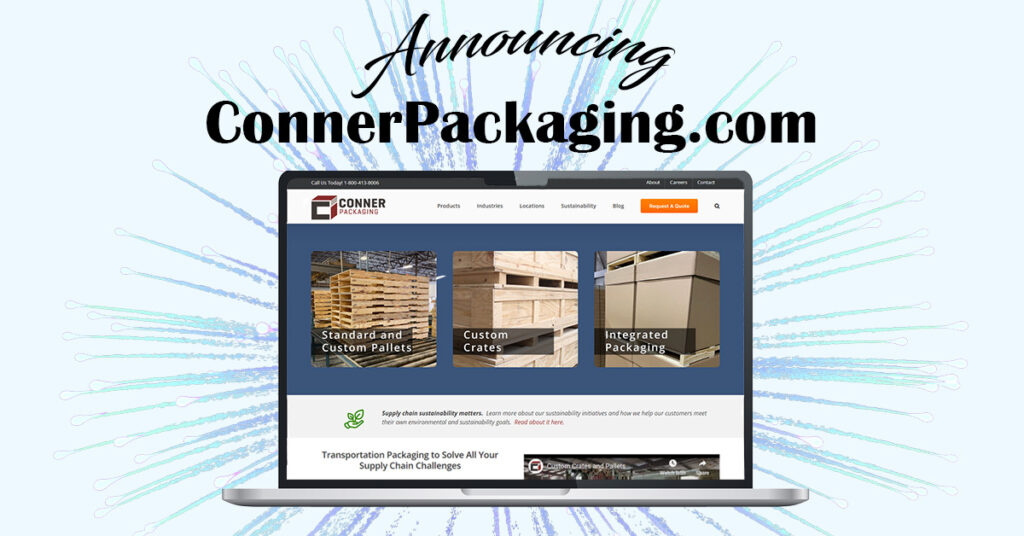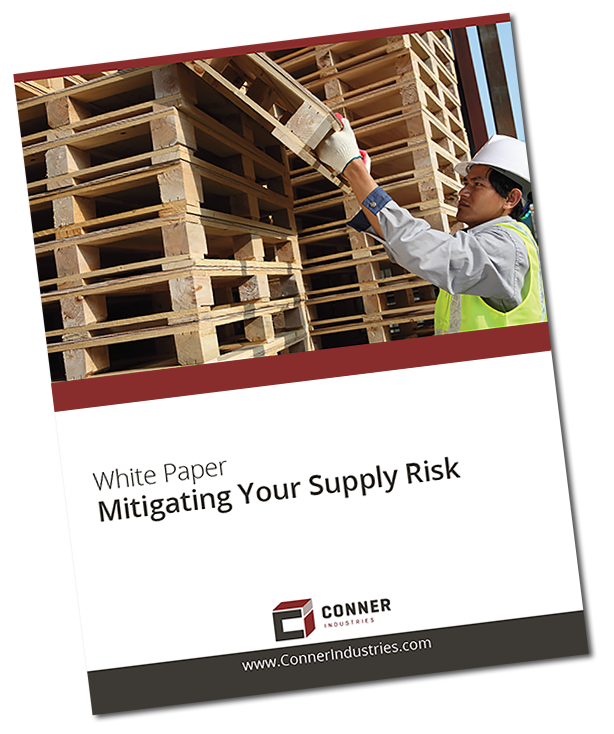
Engineered Foam Packaging: An Integral Element in Manufacturing
In the rapid realm of manufacturing, efficiency, protection, and sustainability reign supreme. Often overlooked yet crucial, engineered foam packaging stands as a linchpin in achieving these objectives. These deceptively simple materials offer a plethora of benefits, significantly contributing to the success of manufacturing processes across diverse industries. This article delves into the significance of engineered foam packaging within manufacturing, shedding light on its pivotal role in safeguarding products, boosting operational efficiency, and its advantages in the wood packaging sector.
Safeguarding Valuable Cargo
Manufacturers grapple with an array of delicate and high-value products daily, spanning electronics, automotive parts, military equipment, and pharmaceuticals. Ensuring the intact arrival of these items at their destinations is imperative. Engineered foam packaging shines in this aspect, providing unmatched protection against shocks, vibrations, and impacts during transit.
A primary advantage of engineered foam packaging lies in its ability to conform to the shape of the product, ensuring a snug and secure fit. This tailored protection minimizes movement, preventing items from colliding during transportation, thus substantially reducing the risk of in-transit damage—a critical consideration for manufacturers shipping globally, where products endure extensive journeys and potential rough handling.
Comprehending Engineered Foam Packaging
At its core, engineered foam packaging utilizes various foam materials such as expanded polystyrene (EPS), polyurethane foam, or polyethylene foam to cushion, protect, and secure products during transit. This versatile packaging solution comes in various forms, including foam sheets, custom-molded inserts, and foam rolls, each crafted to meet specific requirements.
Types of Engineered Foam Materials
Expanded Polystyrene (EPS): Lightweight and versatile, EPS foam boasts excellent shock-absorption properties, often used to create protective inserts for wood products.
Polyurethane Foam: This flexible and durable foam serves for cushioning and padding, adaptable to fit different product shapes.
Polyethylene Foam: Resistant to moisture and chemicals, polyethylene foam proves suitable for safeguarding wood products in harsh environments.
Enhancing Operational Efficiency
Efficiency forms the backbone of any successful manufacturing operation, and engineered foam packaging plays a pivotal role in streamlining processes and reducing downtime. Its benefits include:
Time Savings: Engineered foam packaging materials are readily available in various forms, facilitating quick adaptation to meet specific product requirements, thus saving valuable time on the production line.
Easy Handling: Lightweight and easy to handle, engineered foam packaging enhances efficiency for assembly line workers, without adding unnecessary labor costs or slowing down production.
Customization: Tailored to fit any product shape or size, engineered foam maximizes space utilization within containers, leading to efficient shipping and reduced packaging waste.
Inventory Management: The versatility of engineered foam packaging allows for better inventory management, with manufacturers stocking a range of foam materials and adjusting usage based on changing product lines or shipping needs.
Benefits in the Wood Packaging Industry
Engineered foam packaging offers several advantages in the wood packaging industry, including:
Enhanced Product Protection: Adding an extra layer of protection to products shipped with wood packaging, engineered foam can be cut to fit exact measurements, keeping products snug without causing damage.
Shock Absorption: Its inherent ability to absorb shocks and vibrations provides a soft cushion, safeguarding wood products against impacts during handling, shipping, and storage.
Prevention of Scratches and Scuffs: Forming a protective barrier, engineered foam packaging reduces the risk of scratches, scuffs, and abrasions, ensuring products remain undamaged until reaching their destination.
Moisture Protection: Certain foam materials, like polyethylene foam, resist moisture, ensuring wood products remain dry and unaffected by humidity or inclement weather conditions.
Reduced Labor Costs: Lightweight foam packaging minimizes physical strain on workers during the packaging process, reducing labor costs.
Improved Stacking and Palletization: Foam packaging can be designed to create stable stacks of wooden products, minimizing the risk of damage from uneven stacking or shifting during transport.
Sustainability Matters
As environmental consciousness grows, sustainable manufacturing practices become increasingly critical. While engineered foam packaging is not exempt from environmental concerns, advancements in materials and recycling processes have made it a viable option for environmentally responsible manufacturing. Here’s how engineered foam packaging contributes to sustainability:
Recyclable Options: Many engineered foam packaging materials are now recyclable, reducing environmental impact. Manufacturers can choose from recyclable foam materials like expanded polystyrene.
Waste Reduction: Customized engineered foam packaging minimizes waste by using the exact amount of material required to protect each product, promoting a more sustainable supply chain.
Energy Efficiency: Engineered foam manufacturing processes have become more energy-efficient over time, reducing the carbon footprint associated with production. Additionally, lightweight foam packaging reduces transportation energy costs.
Reusable Options: Some engineered foam packaging solutions can be designed for multiple uses, extending their lifespan and reducing the need for frequent replacements.
The Future of Engineered Foam Packaging in Manufacturing
The importance of engineered foam packaging within manufacturing is poised to grow further as innovation continues to drive the industry. Emerging trends and developments include:
Smart Packaging: Incorporating sensors and RFID technology into engineered foam packaging provides real-time tracking and monitoring of products during transit, enhancing supply chain visibility.
Material Advancements: Ongoing research into eco-friendly engineered foam materials and advanced manufacturing processes will yield more sustainable options, reducing the environmental impact of foam packaging.
Customization with 3D Printing: 3D printing technology facilitates the creation of highly customized engineered foam packaging solutions, optimizing protection and efficiency.
Circular Economy Integration: Manufacturers are exploring ways to integrate engineered foam packaging into circular economy models, promoting reuse, recycling, and repurposing of materials.
In Conclusion
Foam packaging stands as a silent hero in the world of manufacturing, offering critical benefits that protect products, enhance operational efficiency, and support sustainability efforts. As manufacturing evolves, so will the role of engineered foam packaging, proving these materials to be indispensable in the modern production landscape. Manufacturers who recognize and harness the potential of foam packaging will gain a competitive edge in an increasingly dynamic and demanding market.



![[PRESS RELEASE] Conner Industries Expands Integrated Packaging Division with Acquisition of Kirkland Sales Inc.](https://connerpackaging.b-cdn.net/wp-content/uploads/2024/05/Foam-Page-Featured-500x383.jpg)







